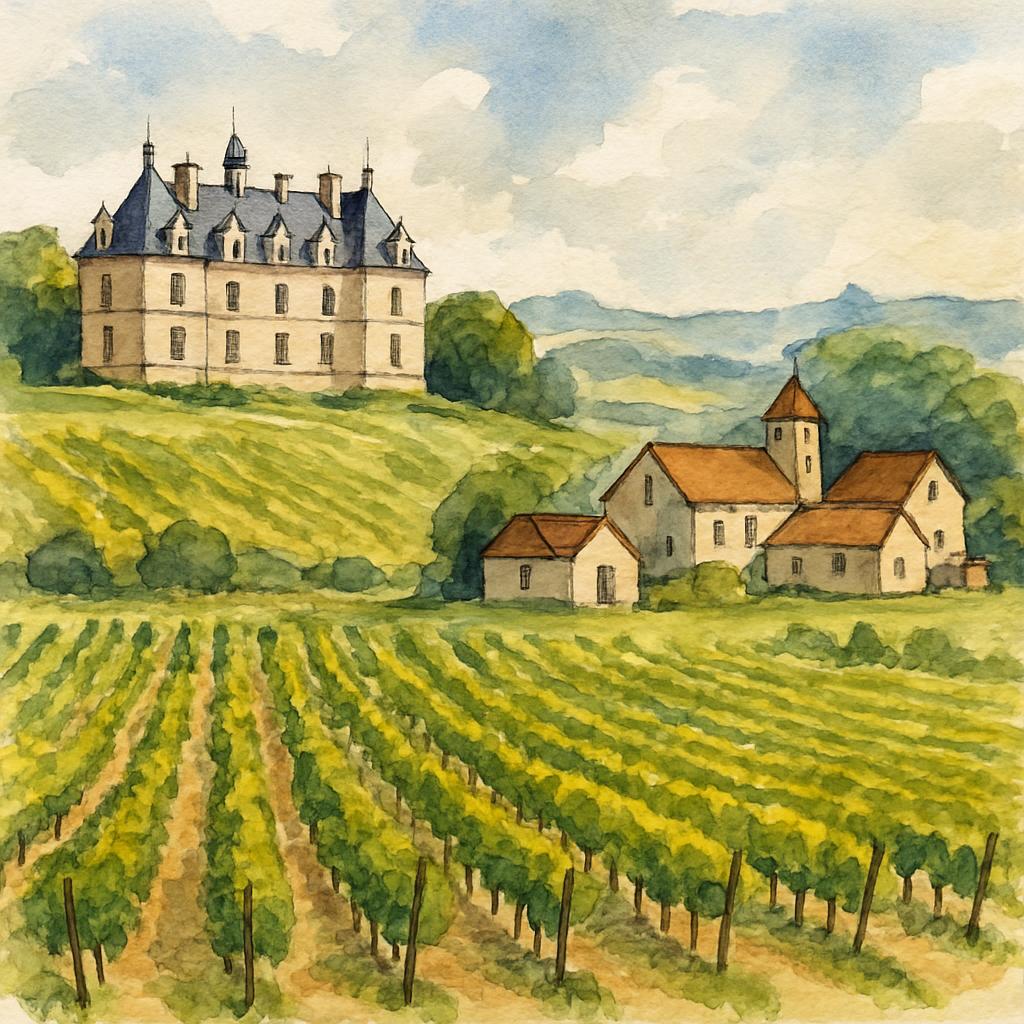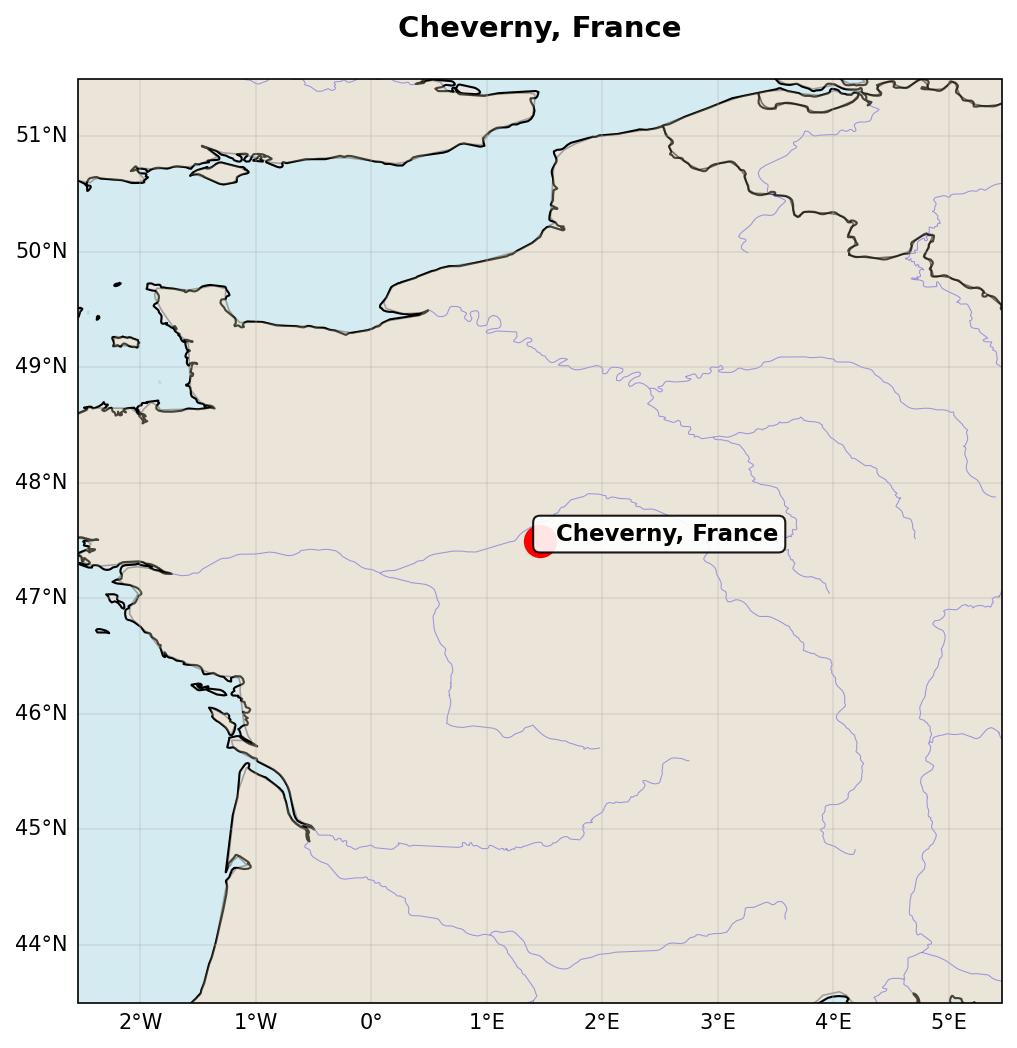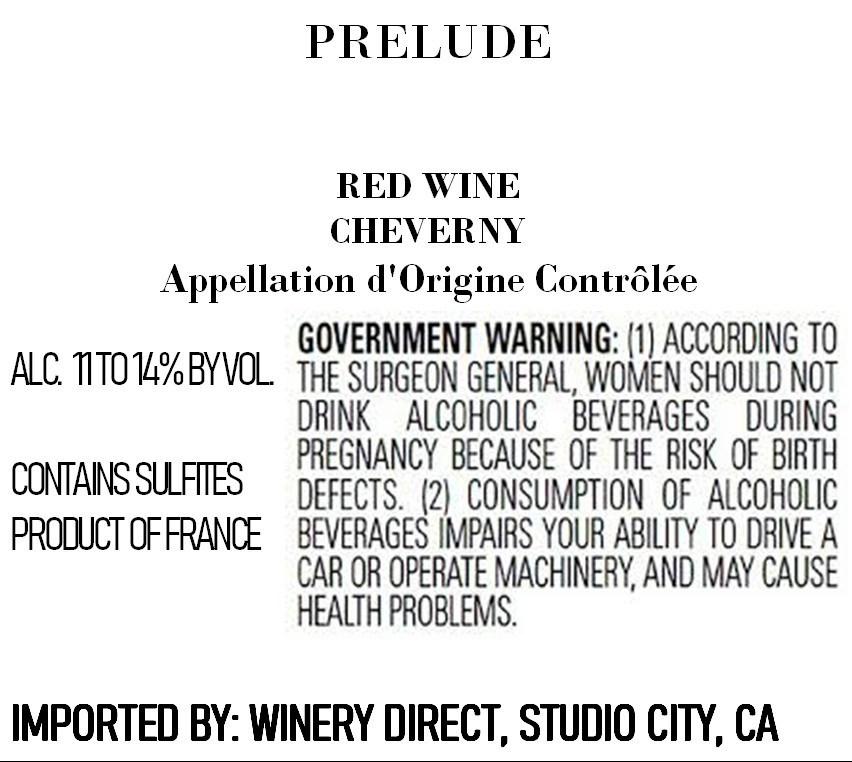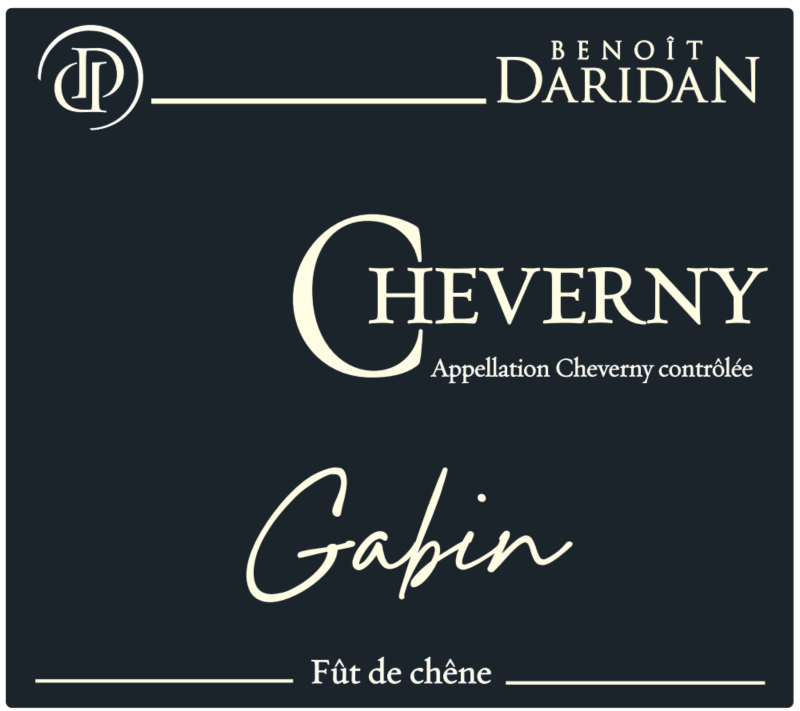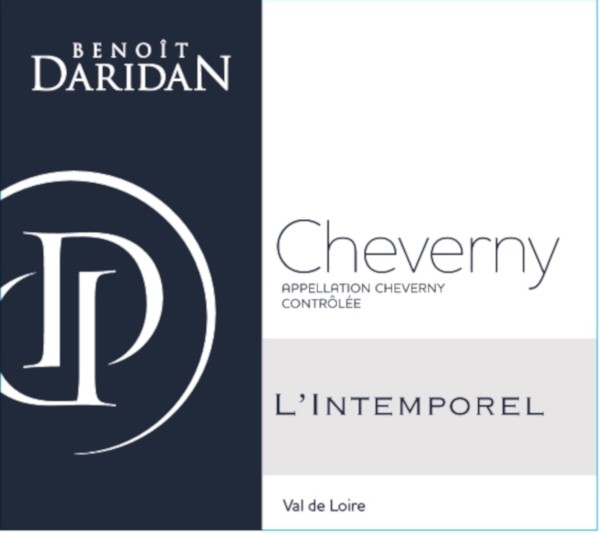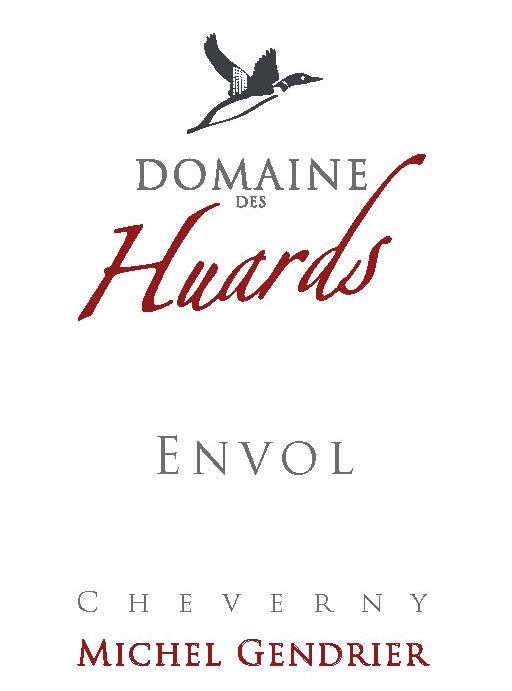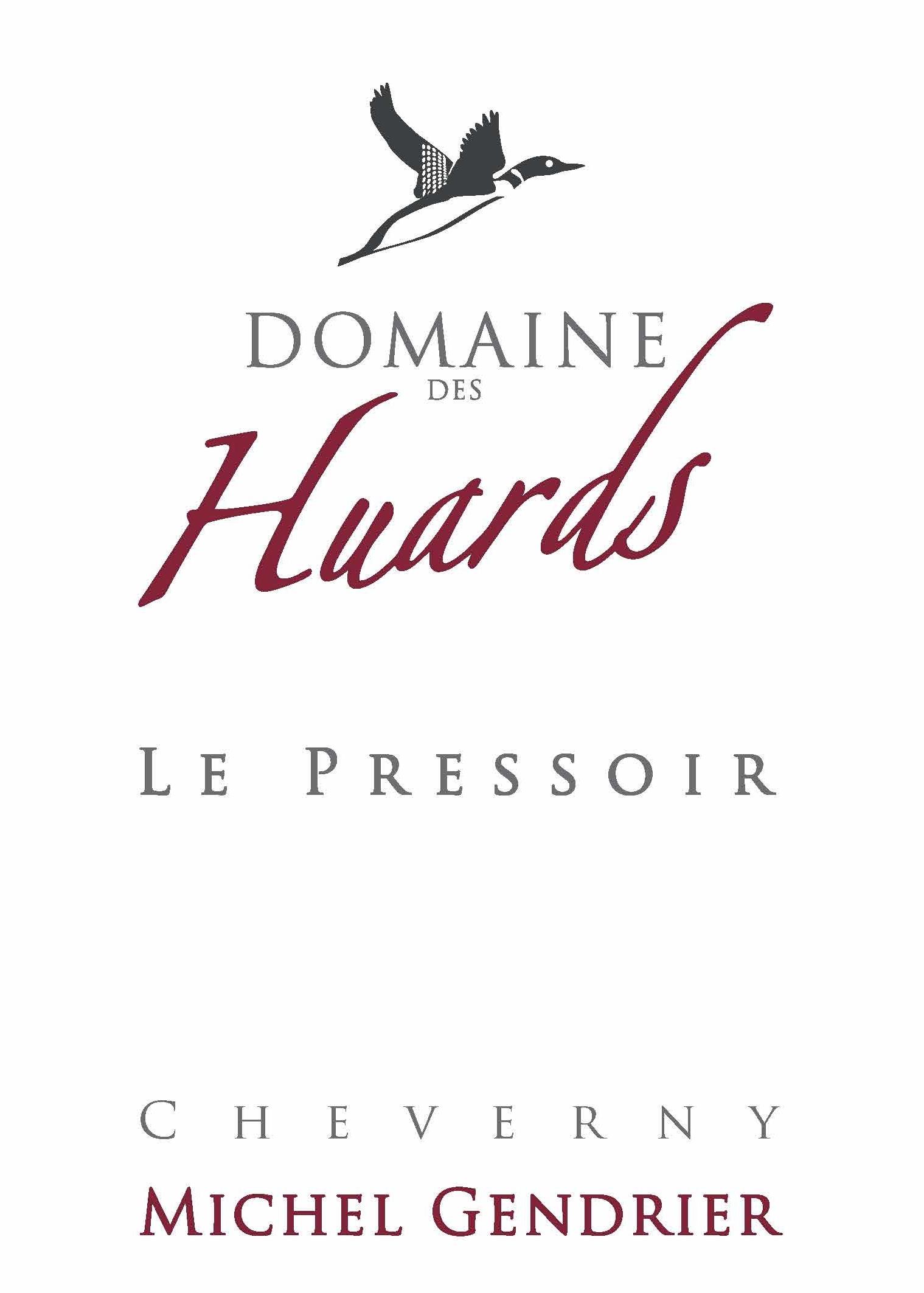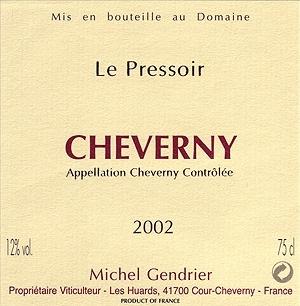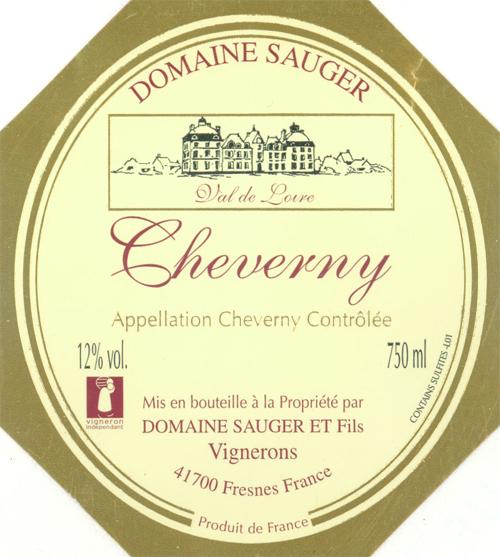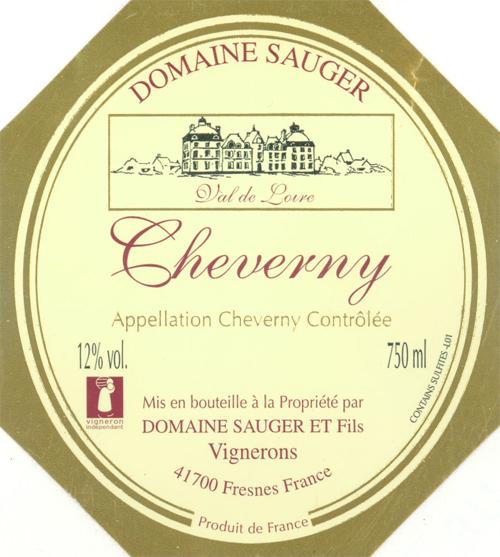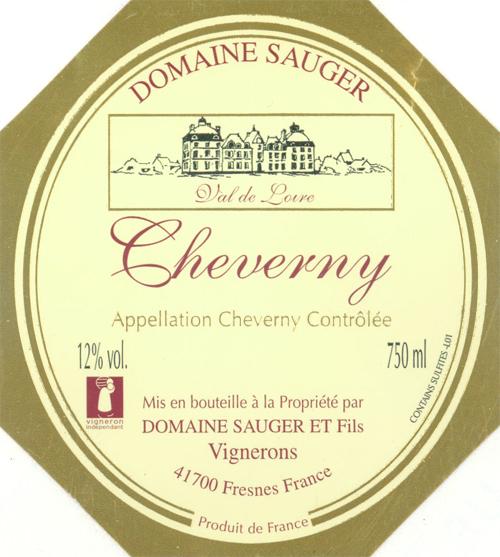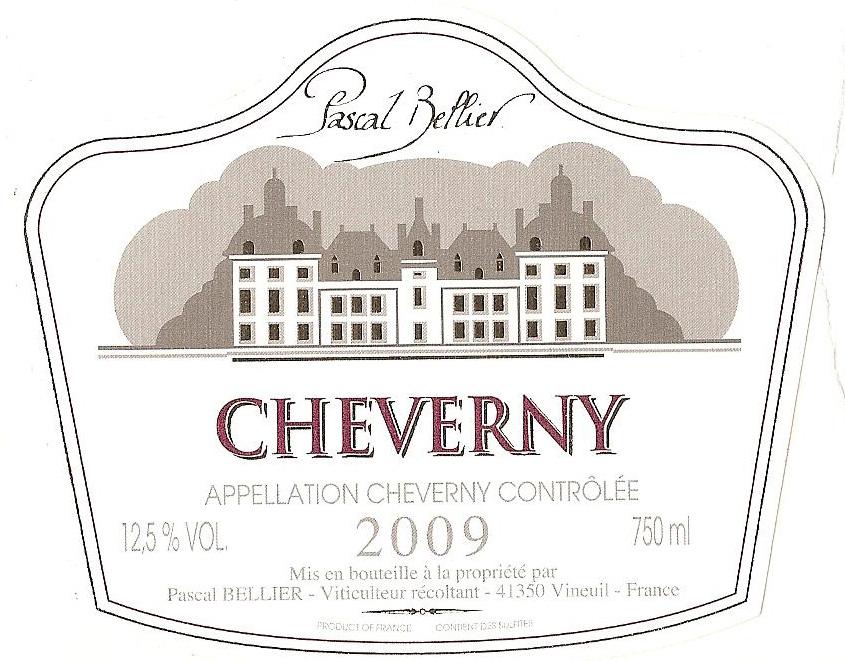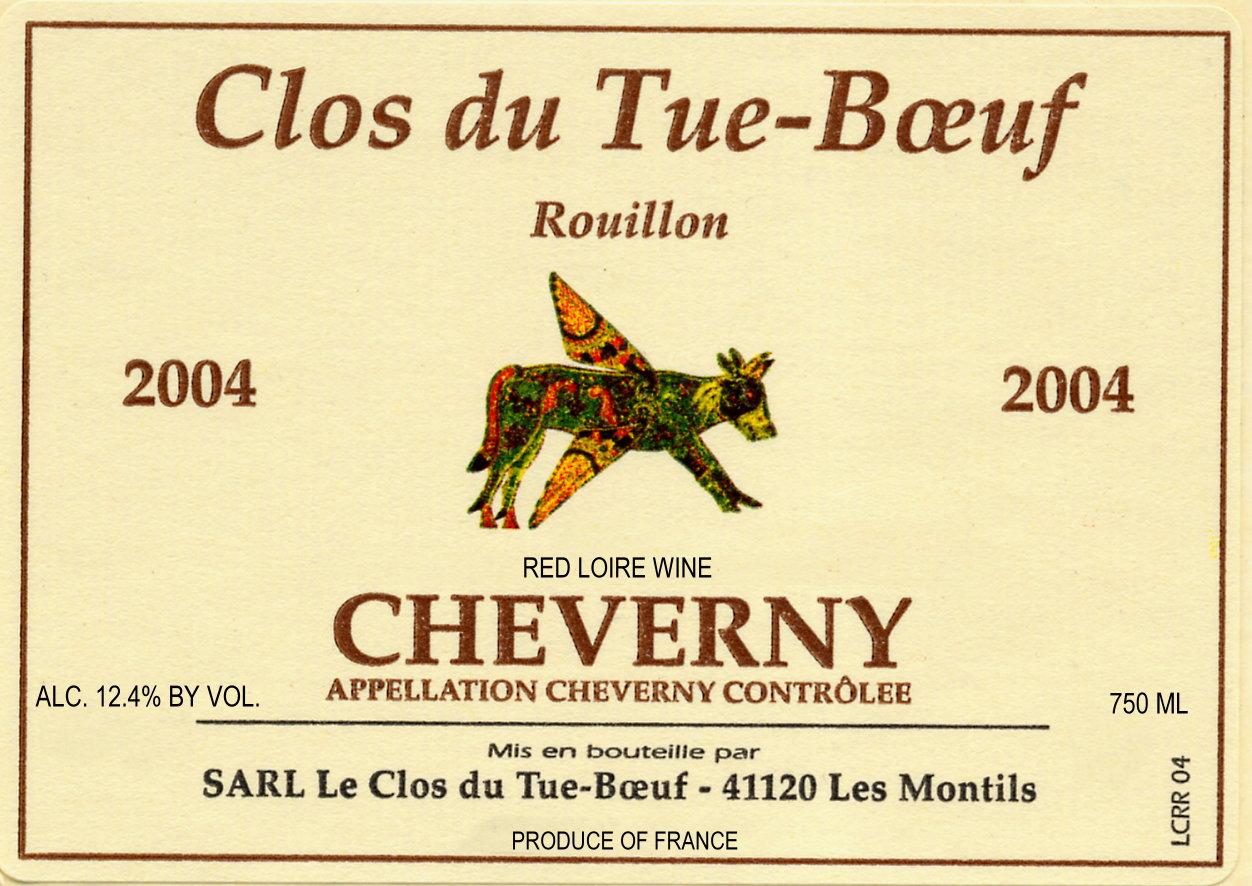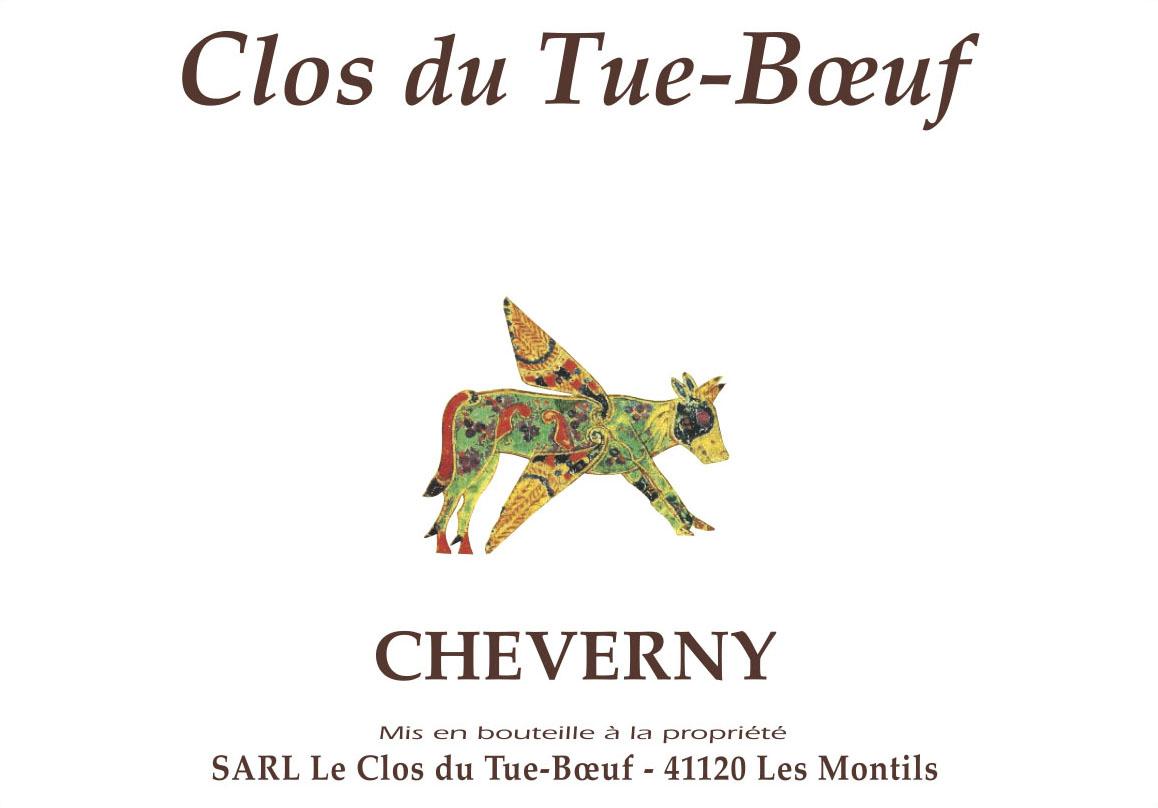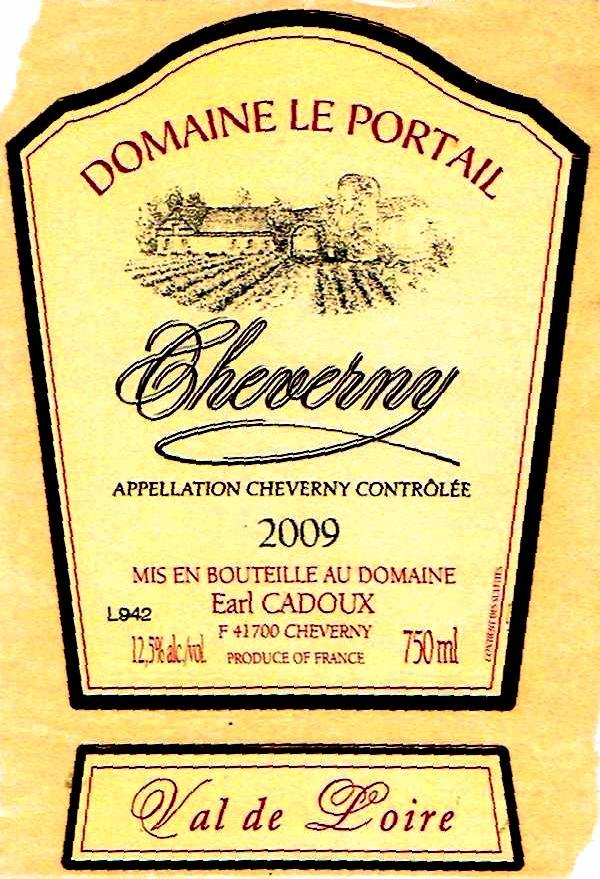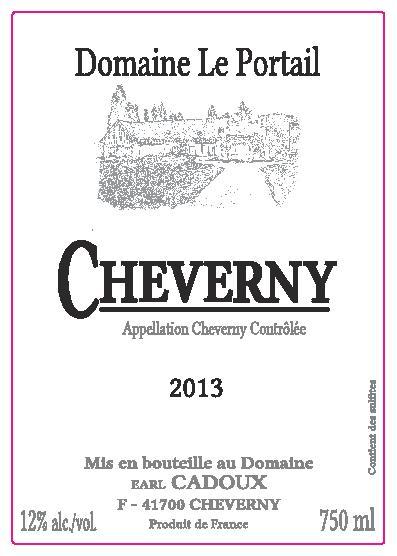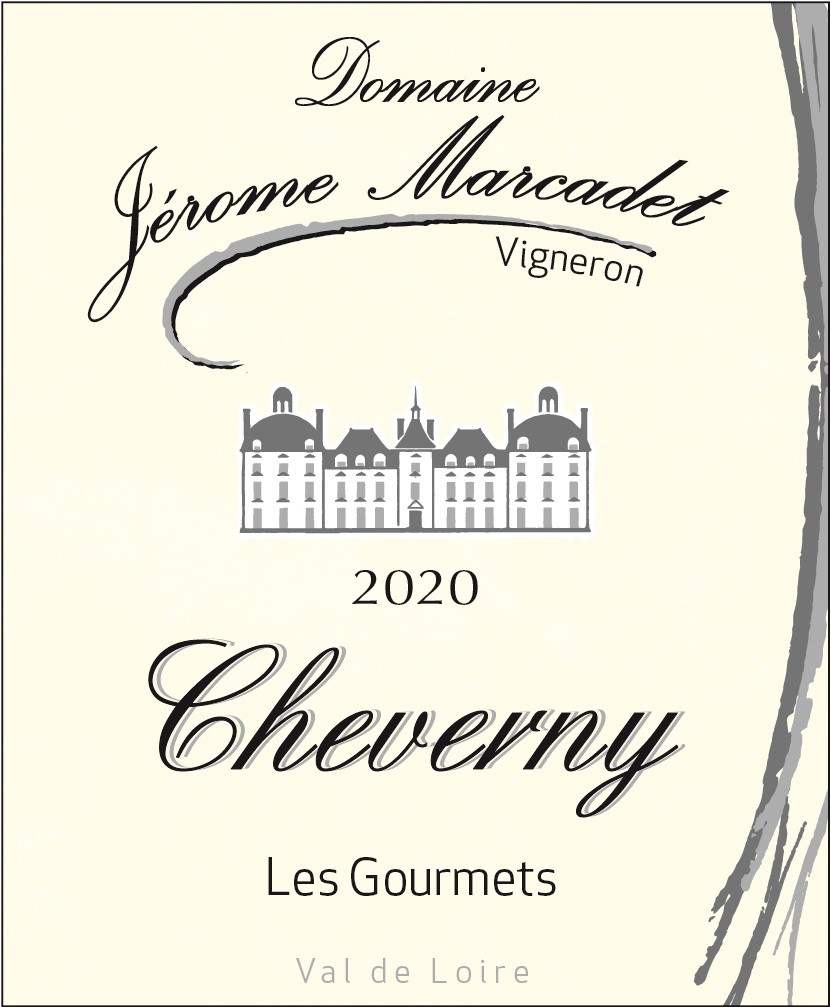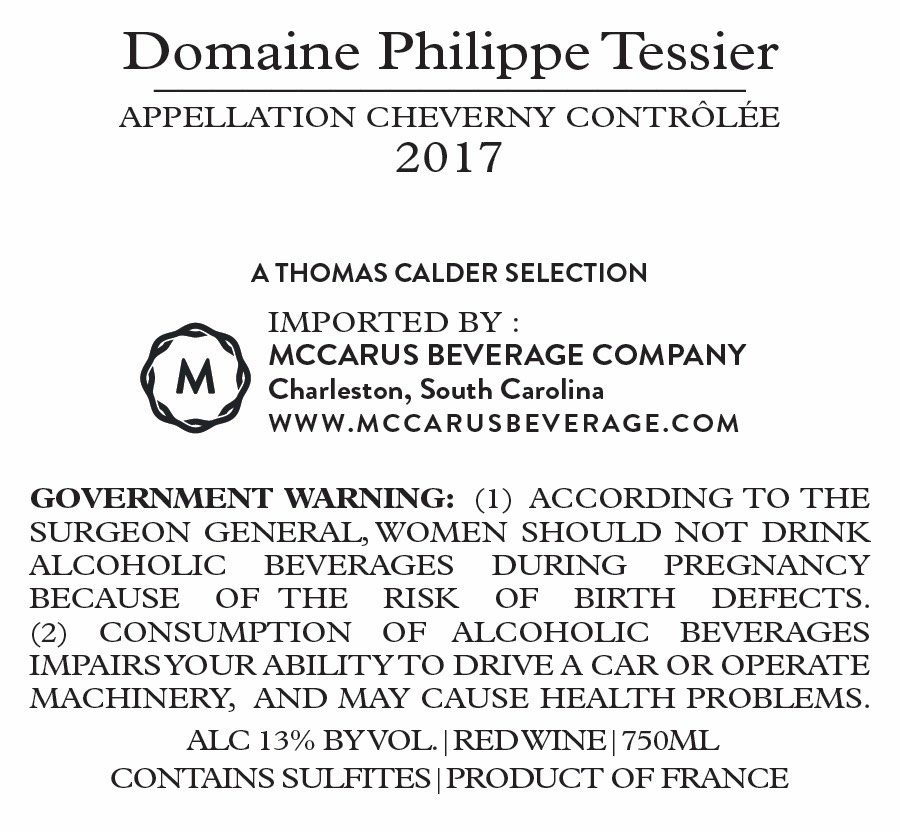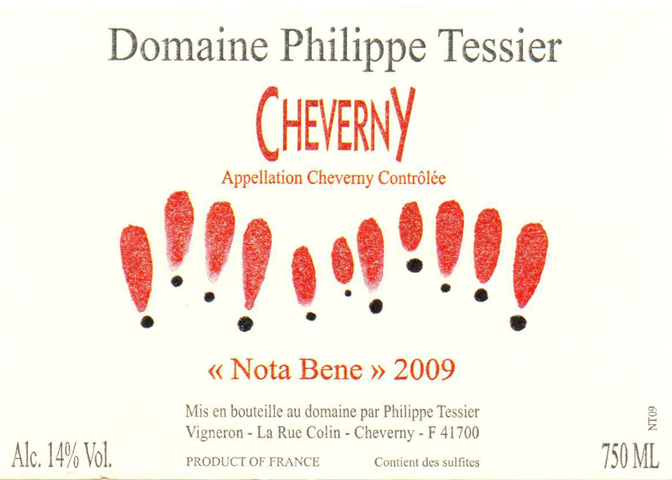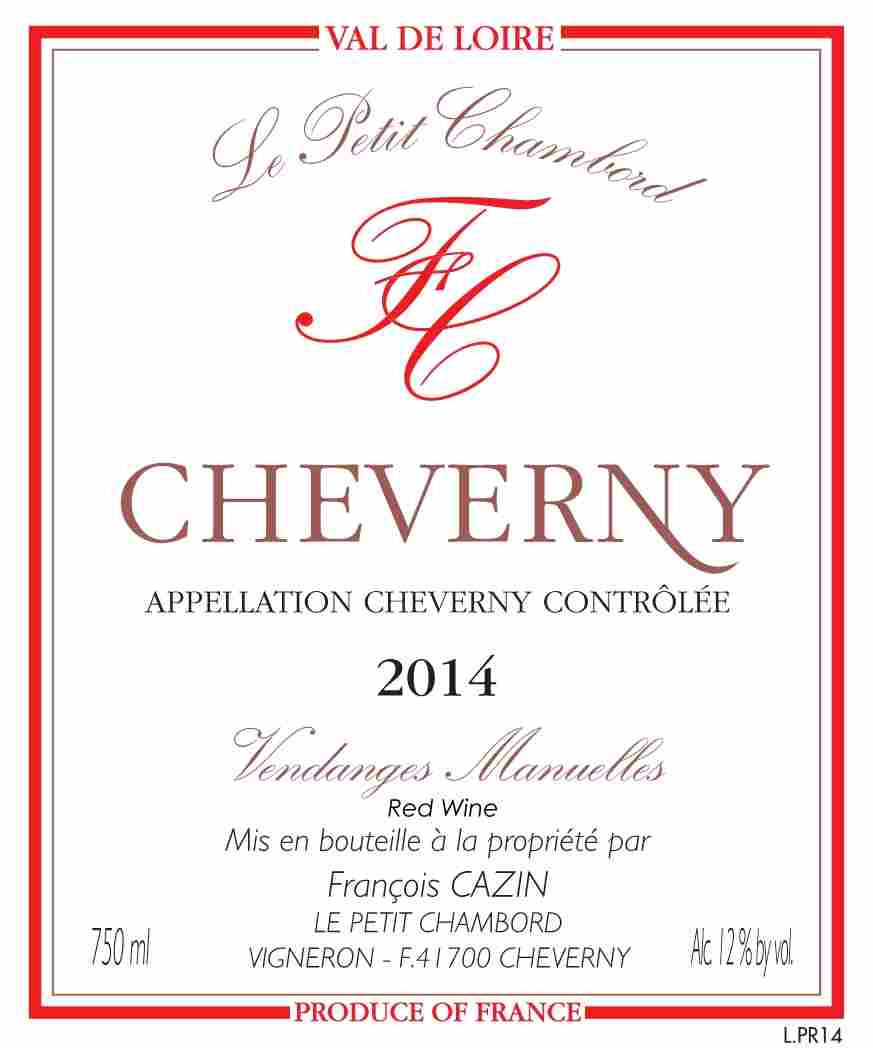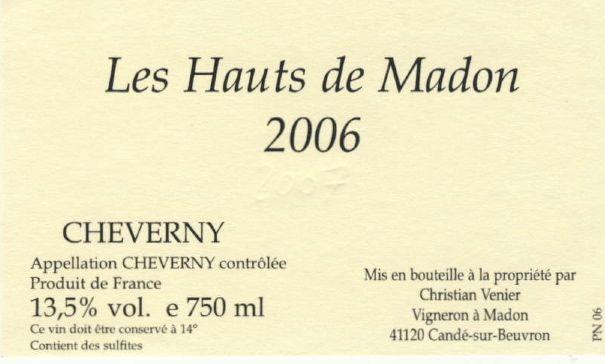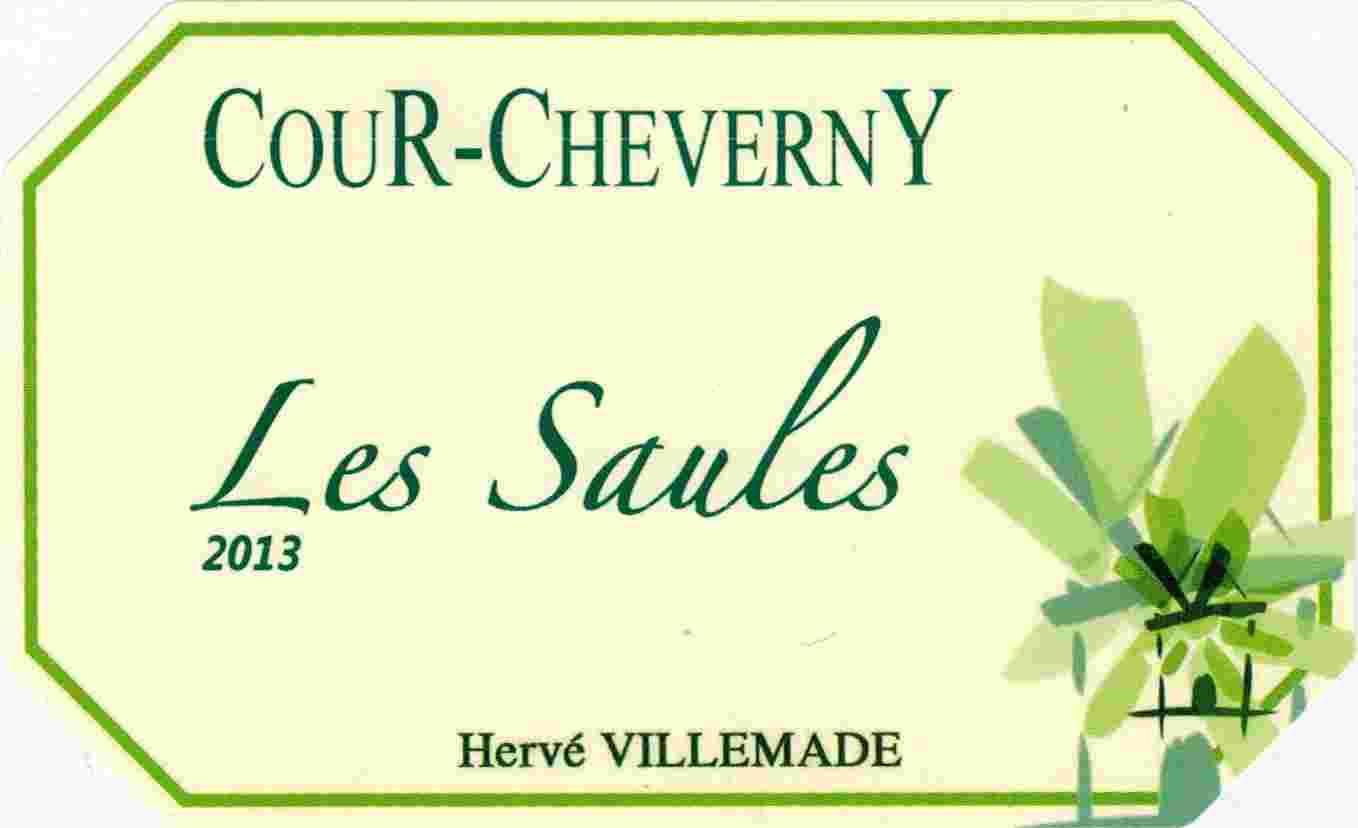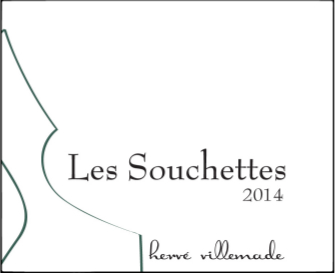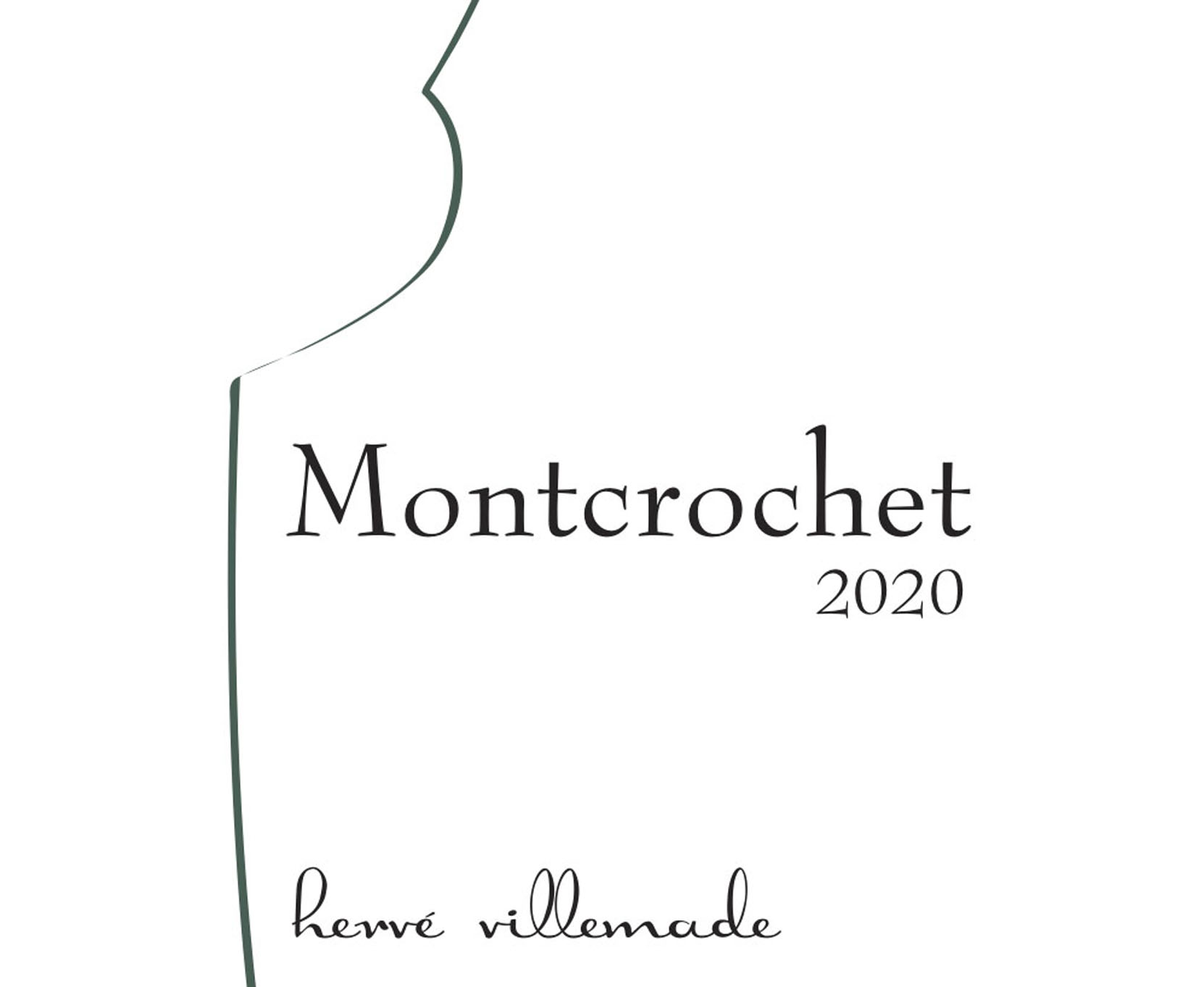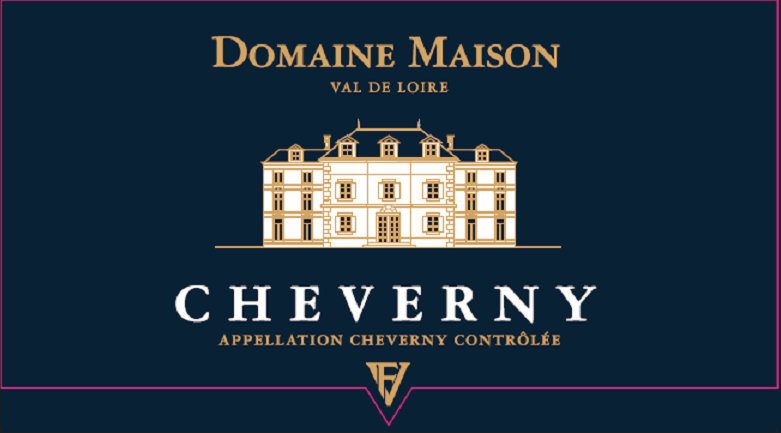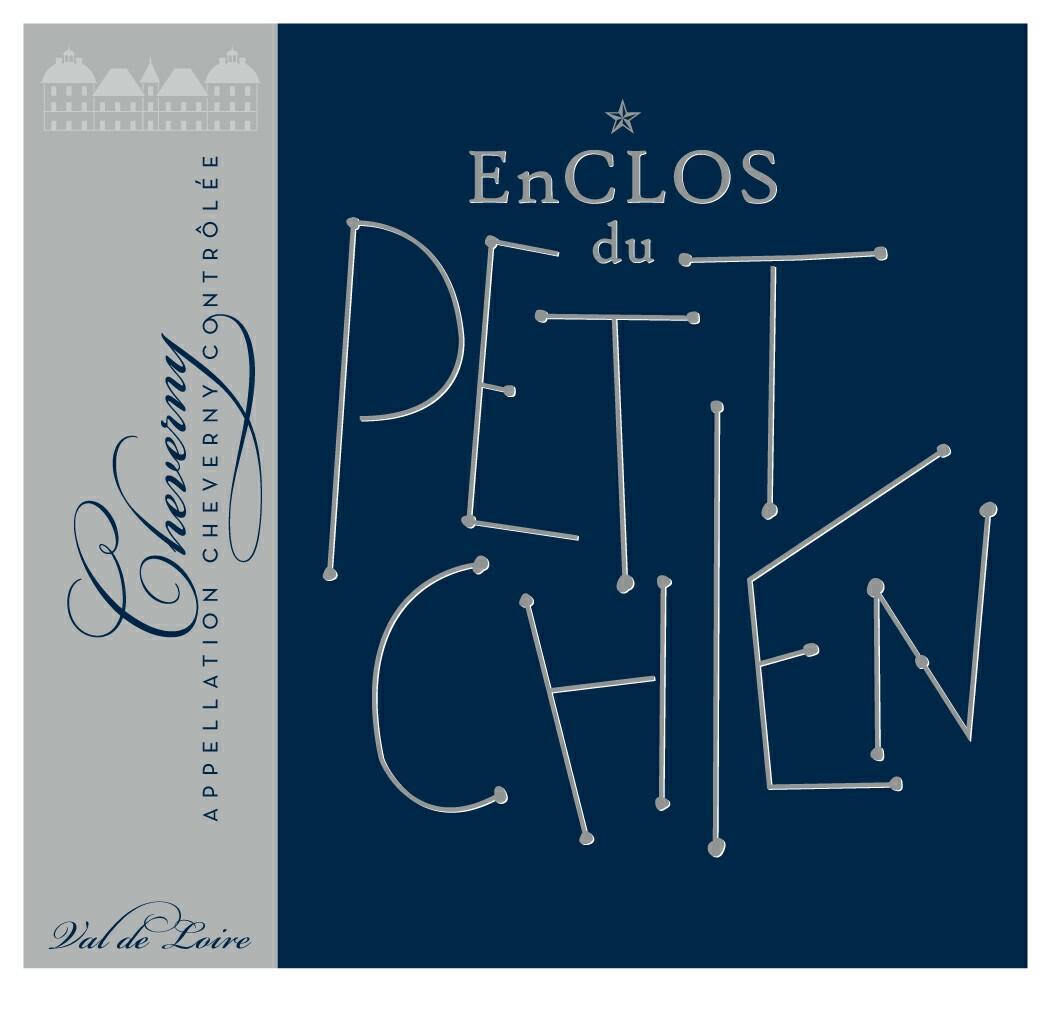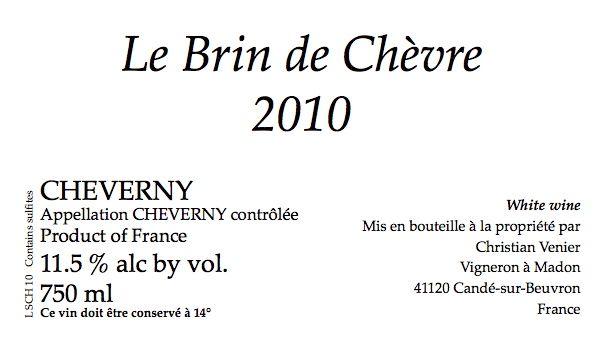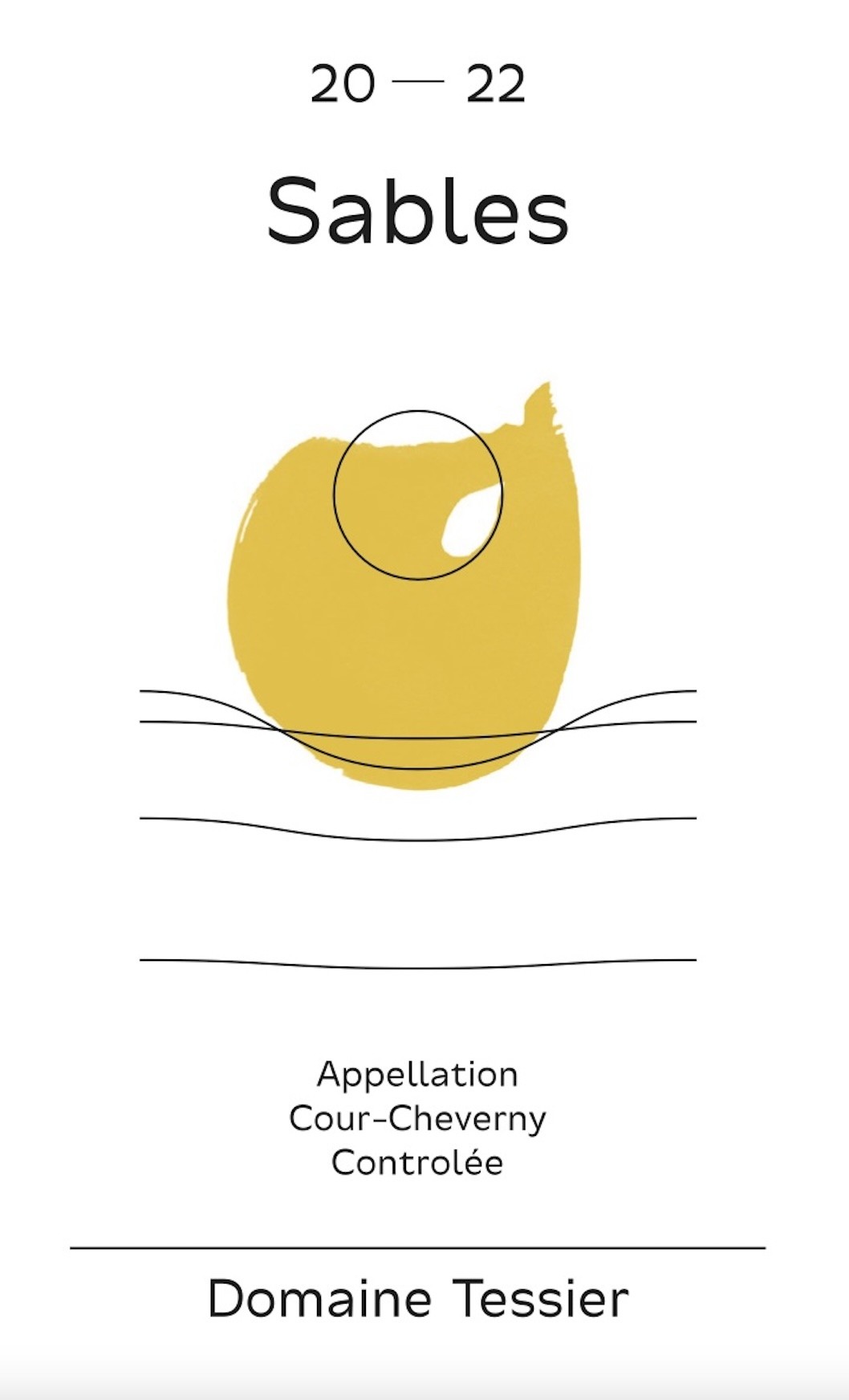Terroir of Cheverny
Cheverny's vineyards thrive between the Loire River and the lush Sologne woods. The region's soils are a mix of sands, gravels, and flints, layered over loamy or clay bases with limestone and chalk underneath. These soils drain well and heat up quickly, providing perfect ripening conditions for Sauvignon and Gamay grapes, while cool nights keep their natural acidity.
The area has a continental climate with moderate rainfall and big temperature swings between day and night. This balance allows for smart planting choices. Sauvignon Blanc grows best on flintier soils to boost its crispness. Red grapes like Gamay and Pinot Noir prefer sandier plots, producing wines with rich fruit flavors. By matching the right grape to the right soil and climate, Cheverny creates unique wines that truly reflect the character of this region.
Notable Wineries in Cheverny
Cheverny, nestled in the picturesque Loire Valley, boasts an array of notable wineries that showcase the region's unique terroir and winemaking heritage. Here are some standout producers:
-
Clos du Tue-Boeuf: Pioneers of the natural-wine movement, offering organic blends rich in character and aroma.
-
Domaine du Salvard (Delaille family): A multi-generational estate, famous for crisp white blends and balanced Pinot–Gamay reds.
-
Domaine François Cazin: Known for “Le Petit Chambord” Cheverny blanc and smooth, fruity Pinot–Gamay blends.
-
Domaine des Huards: Family-run, committed to organic and biodynamic practices, producing fresh, elegant wines.
-
Domaine de Montcy: Focuses on biodynamic farming with pure, floral whites and finely crafted rosés.
-
Château de Cheverny: Historic estate producing a Sauvignon-led white and smooth red wines under the Cheverny AOC.
Sustainable Winemaking in Cheverny
In the picturesque Cheverny region, sustainability is a growing focus, with many winegrowers adopting organic and biodynamic farming methods. This commitment to eco-friendly practices aligns with a broader movement towards low-input farming, where minimal treatments are used to nurture vines naturally. Cover crops are planted to prevent erosion and encourage biodiversity, ensuring the health of the vineyard ecosystem.
Some growers have achieved High Environmental Value (HVE) certification, a testament to their dedication to sustainable agriculture. Additionally, low-intervention winemaking is embraced to capture the fresh, delicate qualities of Cheverny wines. These practices not only protect the environment but also enhance the wines' authentic expression of the region's unique terroir.
Wine Tourism in Cheverny
Cheverny, located in the heart of the Loire Valley, offers rich wine tourism experiences with its scenic vineyards and historical landmarks. The Château de Cheverny, which inspired Tintin’s Marlinspike Hall, hosts engaging wine tastings and exhibits. The Maison des Vins is a focal point for tasting events, enriching visitors' appreciation of local wines.
Every September, Cheverny holds a harvest festival with vineyard tours and tastings of AOC Cheverny and Cour-Cheverny wines. The Route des Vins de Cheverny provides special cycling and driving routes linking local wineries, ideal for exploring the landscape. Cheverny's closeness to Paris makes it a perfect weekend getaway, where visitors can savor local delicacies like Loire goat cheeses alongside wine tastings.
With its family-owned estates, château visits, and sustainable practices, Cheverny is a must-visit destination for wine lovers.
